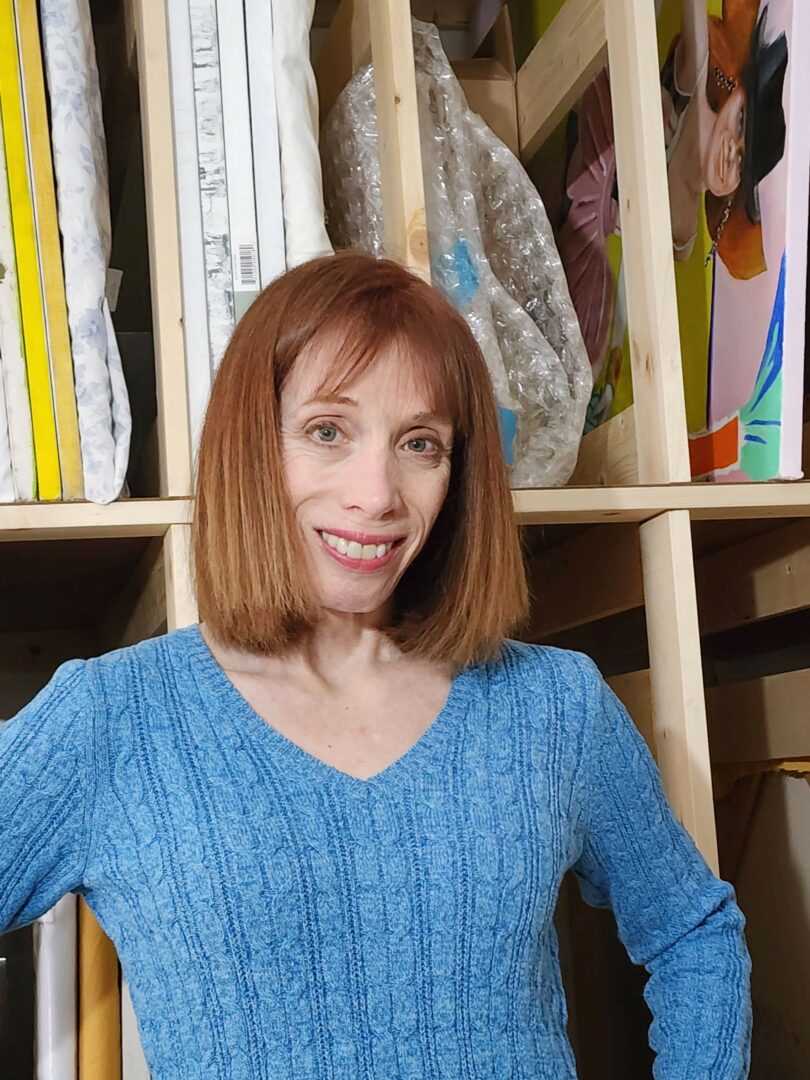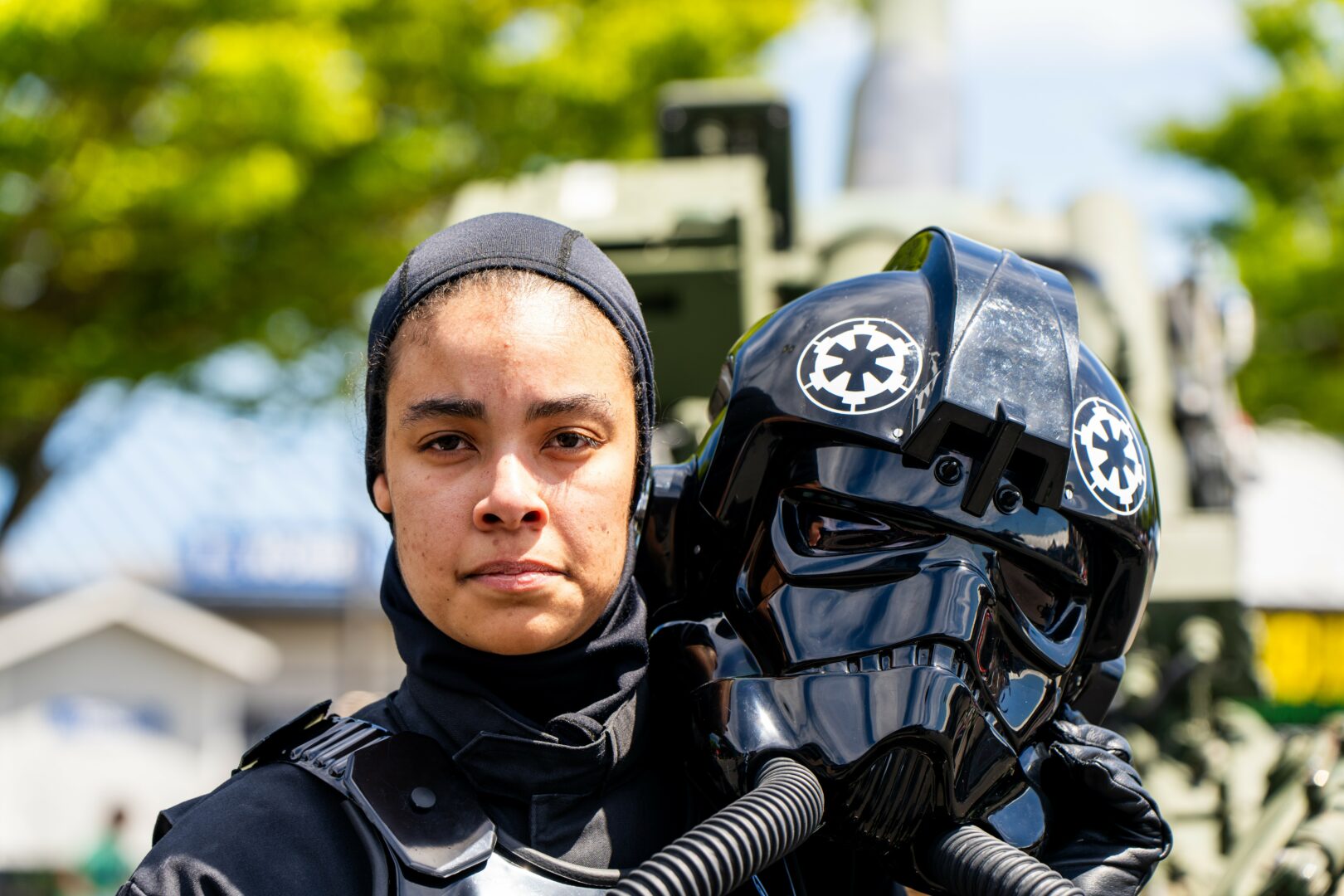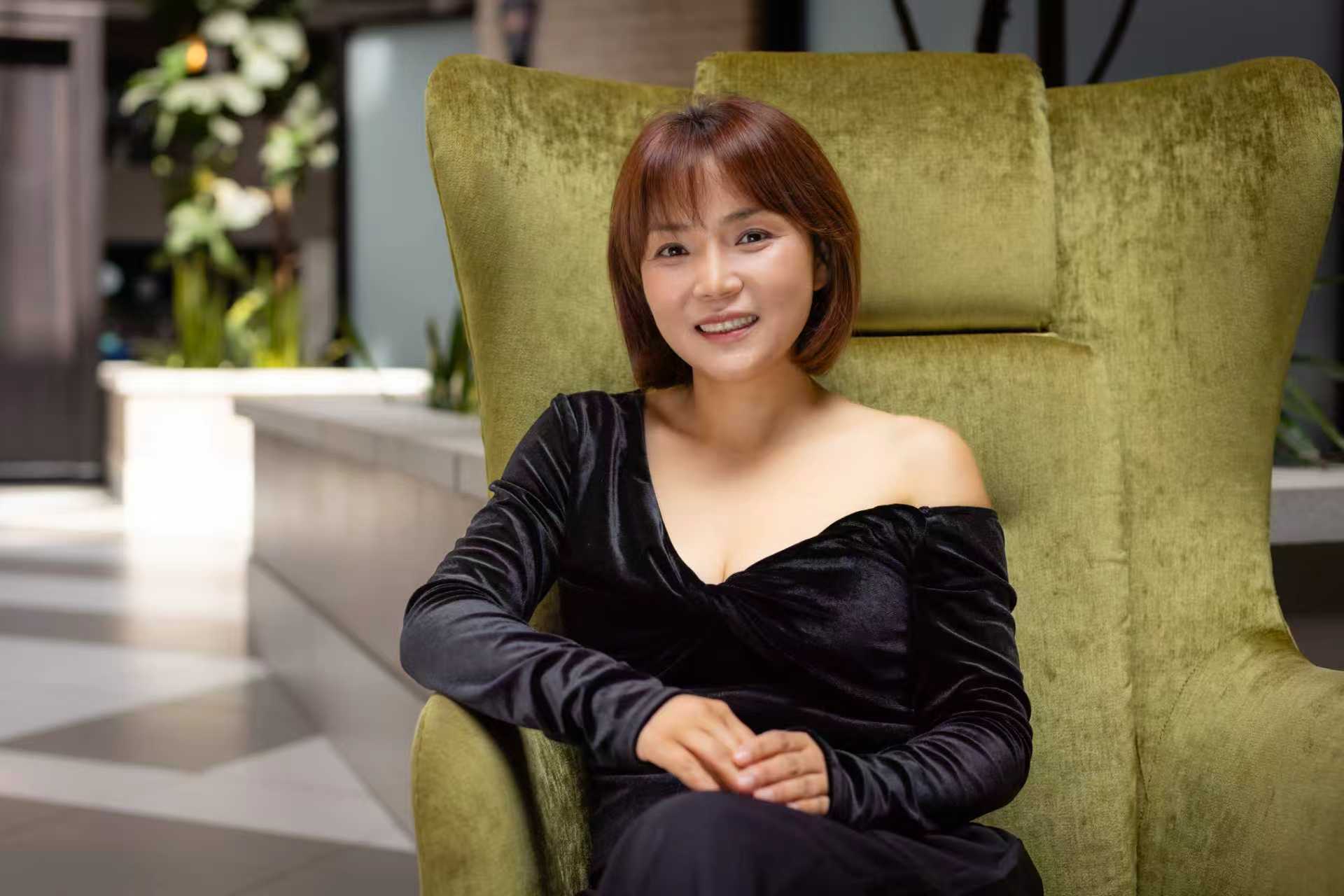We’re excited to introduce you to the always interesting and insightful Lori Markman. We hope you’ll enjoy our conversation with Lori below.
Hi Lori , thank you so much for making time for us today. Let’s jump right into a question so many in our community are looking for answers to – how to overcome creativity blocks, writer’s block, etc. We’d love to hear your thoughts or any advice you might have.
I grew up internalizing (from my father) probably two of the worst messages an artist can have: “If it’s not perfect, it’s no good and you are a failure” and “If it doesn’t work, force it”. Those messages and my constant comparisons with famous artists were a disaster in my artistic life and took more than fifty years to overcome.
I started to do art seriously when I was 15. I was overflowing with self-criticism. I hated, overworked, and destroyed much of my art because it was never “good enough”. I constantly got “stuck” in nearly all the work I did, and each time I was “stuck”, I became so depressed. To make matters worse, my best friend was a brilliant artist, a genius, with no creative difficulties at all. Everything seems so easy for her and it was so unbearably difficult for me. I went to UCLA and majored in Fine Art while spent hours crying in the hallways, because I hated what I did. But, in fact, much of my work was very good–I just couldn’t see it.
To help myself, I went into therapy and talked to my therapist about my family, my desire for perfection. I was constantly on the phone with other artist friends wailing about my artistic unhappiness. I read books on creativity, I started a book of compliments that people gave me about my work to make myself feel better. All of it helped a tiny bit, but not enough. I remained self-critical and depressed. Then, I went to another therapist who accomplished the exact opposite of what I wanted. (That was sarcasm). I decided I was suffering too much and gave up my art. I needed to make a living, so I went to law school and became a lawyer. I married my husband, a very good man.
Fast forward 9 years, I was diagnosed with a rare arthritis disease, and I fell dramatically and madly in love with someone else. Nothing happened, but all my emotions, all my passion rushed back to me, and I had to start making art again to express those emotions. My marriage ended, but I got my art back and I was so happy to get a second chance. And, the nine years I spent not doing art somehow made me less critical, less depressed. However, I still labored and still was depressed when I got stuck. But, despite this, I continued doing art. I worked during the day, and did art in my living room at night. I still turned to my friends for advice and consolation.
I started to do a series of very different work: mostly abstract drawings using pencil, then pencil and colored pencil, then adding some collage. In doing this series, I wanted to eliminate everything that I felt was difficult for me to do and caused me anxiety. The works were abstract and used letter and number stencils–as I felt my representational drawing skills were poor. I started segmenting the page into layers–so I didn’t have to deal with 3D perspective and my story–as there was always a story behind these abstract drawings–was expressed through abstract color, line, shape, letters, numbers. Getting rid of difficult areas helped relieve the pressure I felt.
Then in 1999, I was severely injured in a car accident. Two years later, I started a figurative 10 painting oil painting series to be viewed in order like a storyboard, which detailed certain moments of this accident as well as my thought and perceptions and emotions about it. It was a fabulous experience. I split the canvas into layers, I had multiple images none of which were in realistic 3 D perspective. I still got stuck alot, but my emotions just carried me though and I was able to continue to work and finish each piece. Each time, I finished a painting, I took out the next canvas and it just came to me–what I was going to do. So that was a big boost. I had gained confidence, I had gained composure.
I continued working on figurative oil paintings even though it was still hard, still depressing and frustrating to get stuck. But it was better.
What really turned the corner for me was this: I read Big Magic by Elizabeth Gilbert, a book on Creative Blocks. That book was invaluable. It allowed me to internalize her positive and useful messages in place of my old distructive messages. The three biggest lessons that I learned from this wonderful book were: 1. Fear is part of every creative venture because you are going into the unknown, and biologically, we are programed to fear the unknown. I had always believed that the fear I felt when doing art was a sign that I wasn’t a very good artist, because I thought good artists don’t have fear. Gilbert’s message was just accept that you will have fear on every “creative road trip”. You can let fear make its voice known, but fear does not get to make decisions about your artistic process or ‘steer the car”. I love it!
The second Gilbert message was: Creative ideas are actual nonmaterial entities that are seeking humans to make them manifest. So, if you complain too much about how difficult art is for you, you are actually driving your creativity inspiration away. You are being too hard “to work with”. So I stopped complaining about how hard everything was for me.
Finally, Gilbert said that it is unfair to expect that any of us will make a living from our art, and it is best not to burden art with that demand. It is better to seek another way to support yourself and do your art on the side. That is what I did my whole life and I felt constant pressure and guilt because for years I told myself to quit my day job and be a full time artist and I never could do it. Her message took all that fear and guilt away. This was tremendous for me because that fear and guilt tainted my entire artistic life. Getting rid of it allowed me to create more freely.
Next, I received advice from Nicholas Winton of the Art2Life program. This advice was: When you start feeling tired, or bored, or confused or frustrated—STOP! It’s ok, take a walk, do something else. This advice was so valuable for me– because it stopped me from overworking or laboring on a piece and ruining it or creating difficulties that didn’t need to be created.
And finally, what diminished and basically eliminated all my remaining artistic difficulties, was in 2015, I became politically active and continued that way until the 2020 presidential election. I was angry, I was mad, I was filled with negative emotions. I did a series of angry political paintings. When Biden won the election in late 2020, I said to myself “I have to drop these negative emotions. I am going to do a series of work that is only calm, peaceful, beautiful and tranquil”. I have always loved traditional Japanese art, so I decided to do landscape collages using Japanese prints, other prints, text, different papers and other mediums, all inspired by traditional Japanese landscape art. When I started doing these collages, I –myself-me–had to actually be peaceful, calm and tranquil. That was the final step. Having that goal allowed me to flow, allowed me to avoid frustration, overworking and the remainder of my bad habits. Finally, I felt what it was like to truly flow creatively and to revere the creative process. I did 19 of these collages. They are beautiful and I love them. Once I experienced what flow felt like, there was no going back to my old habits.
It was a long haul. But, over a lifetime, I went from a depressed, self-critical artist to a joyous artist loving what I do. If I can do it, anyone can do it. Just keep working on yourself in any way you can. You can do it!
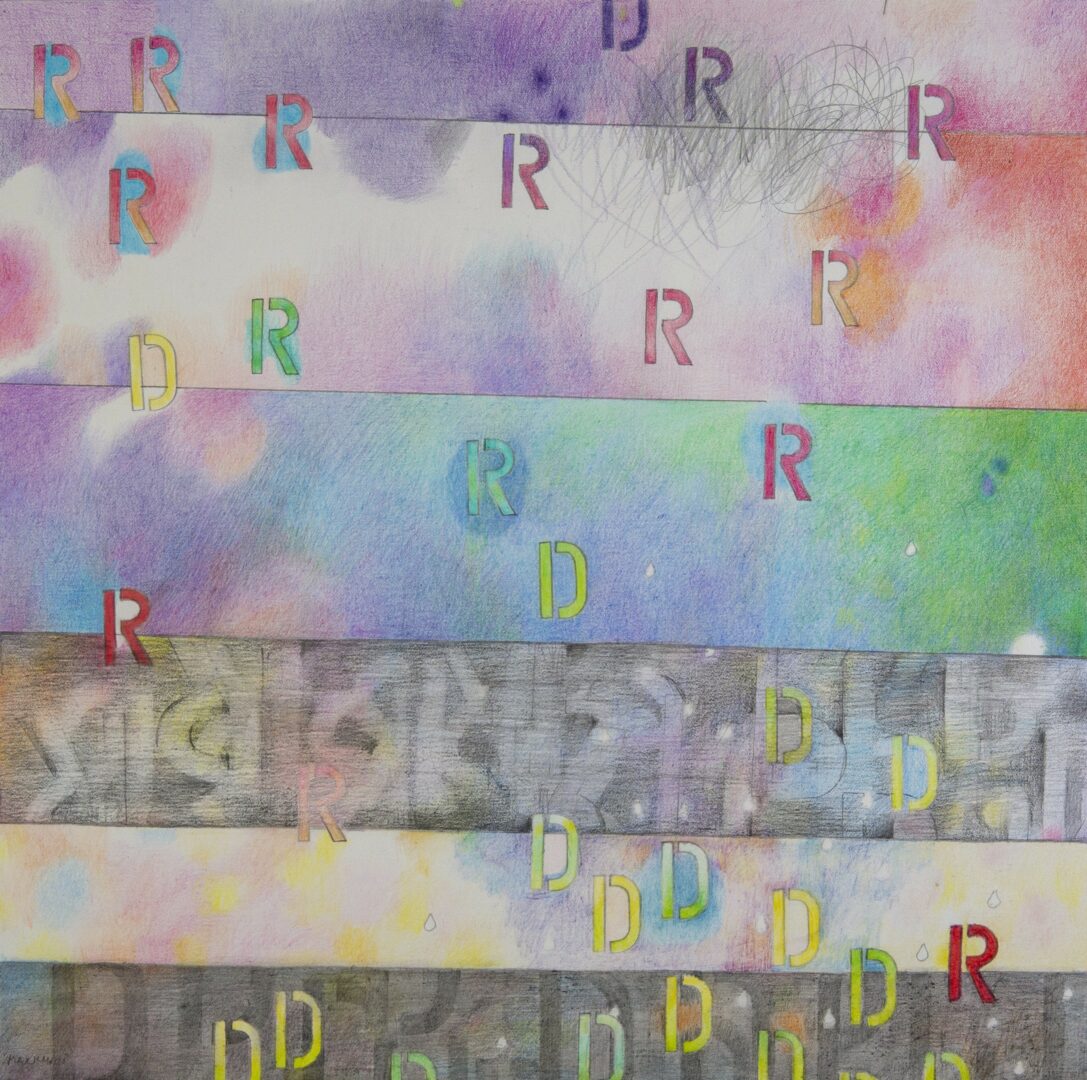
Appreciate the insights and wisdom. Before we dig deeper and ask you about the skills that matter and more, maybe you can tell our readers about yourself?
As an artist, I create my work. I show my work in Solo Shows and in group shows here in LA and nationwide, I post my work on Instragram @Lori.Markman.Fine.Art and I have a website www.markmanart.com in which I show and sell my work.
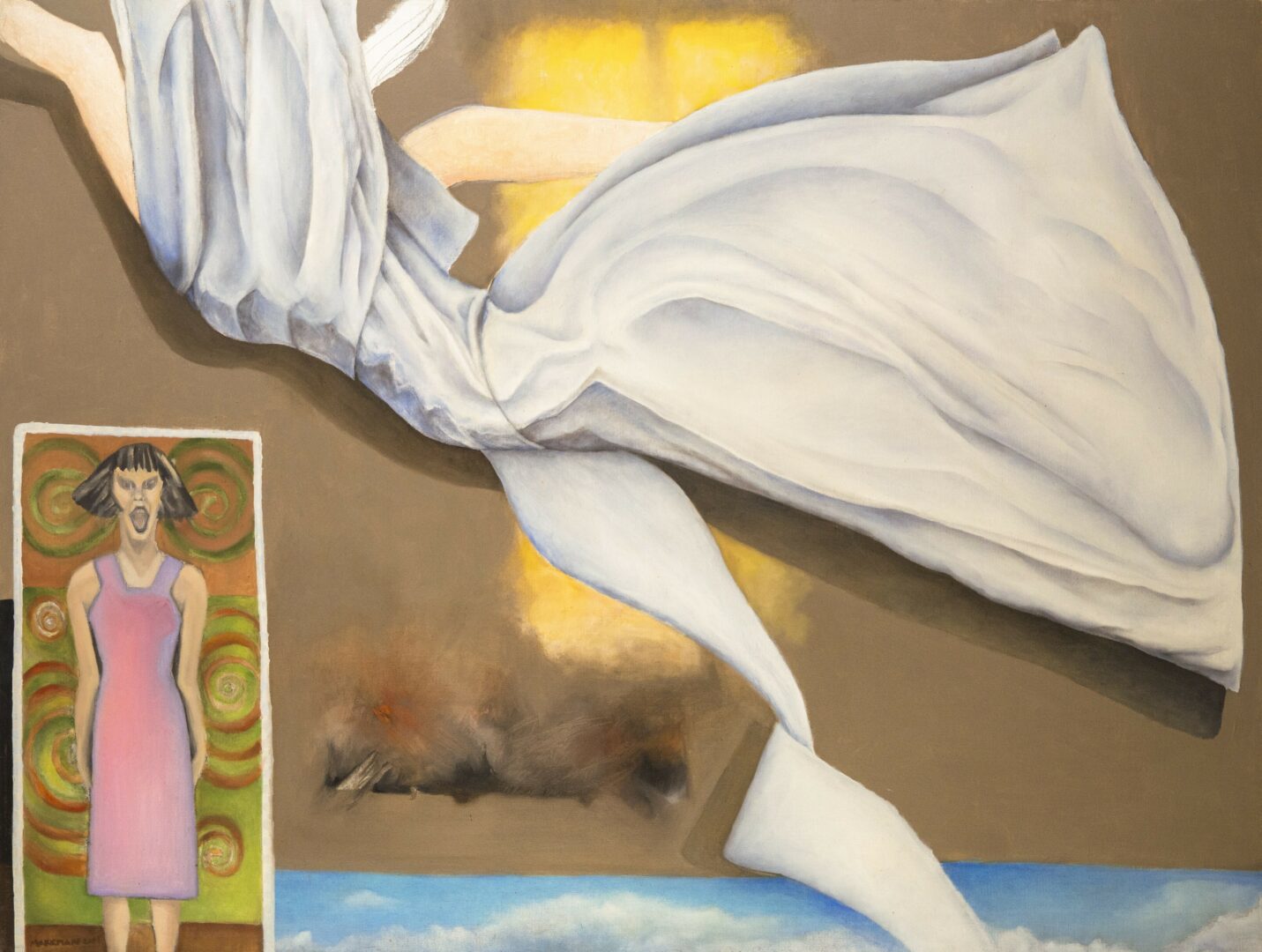
If you had to pick three qualities that are most important to develop, which three would you say matter most?
The three qualities that have helped me the most were perseverance, inquiry, and listening to other people. And as an artist, I think it is important to always look at your work. Look at what is actually on page. Is that what you want to say?

How can folks who want to work with you connect?
I am looking for people with whom I can develop an artistic community, perhaps meeting twice a month by Zoom. I am also looking for galleries, events, pop-ups, art fairs to show my work. I am most interested in Solo Shows, but open to other opportunities. I am also looking for other on-line journals like Bold Journey to tell my story and show my work.
If you are interested or have information you can contact me at [email protected]
Contact Info:
- Website: www.markmanart@gmail,.com
- Instagram: @lori.markman.fine.art
- Linkedin: linked.com/in/lori-markman/

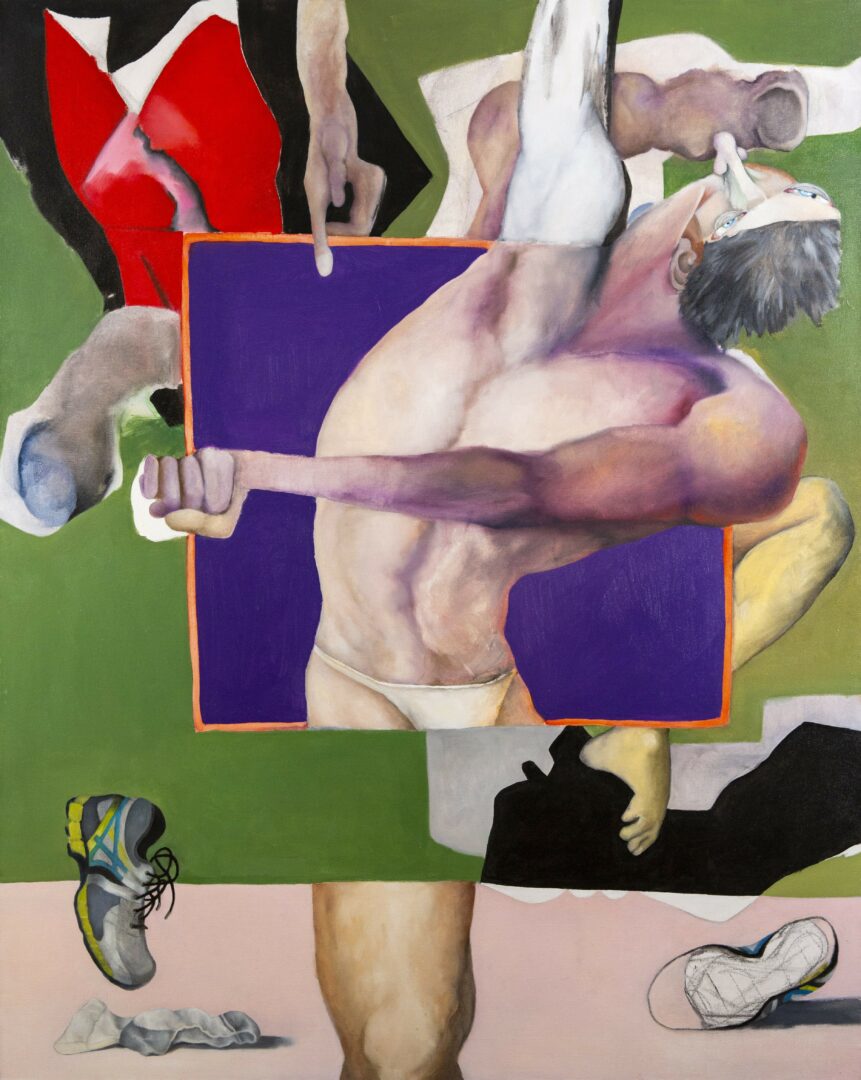
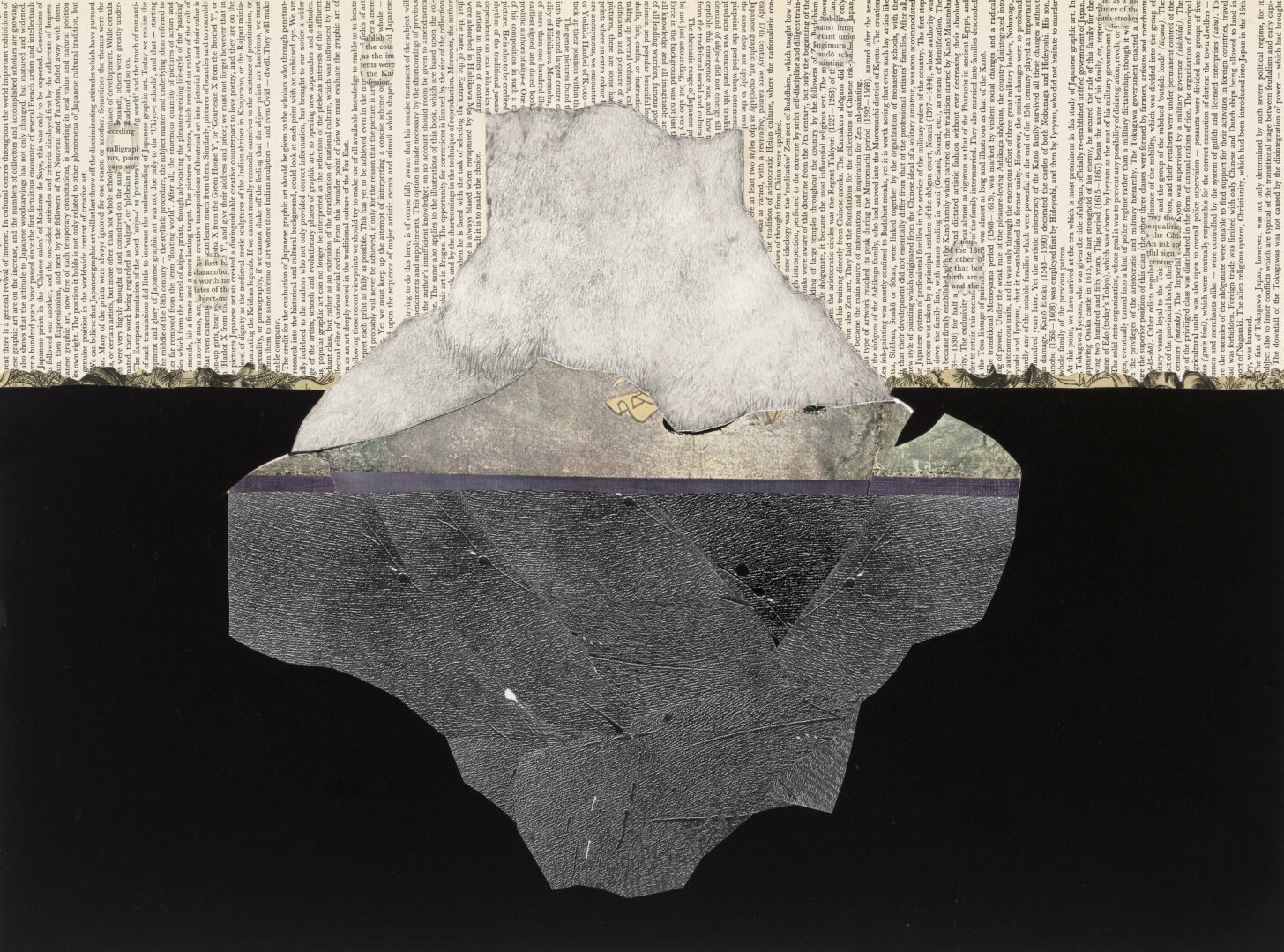



so if you or someone you know deserves recognition please let us know here.

